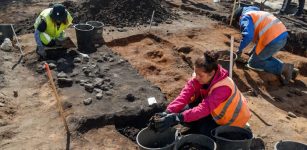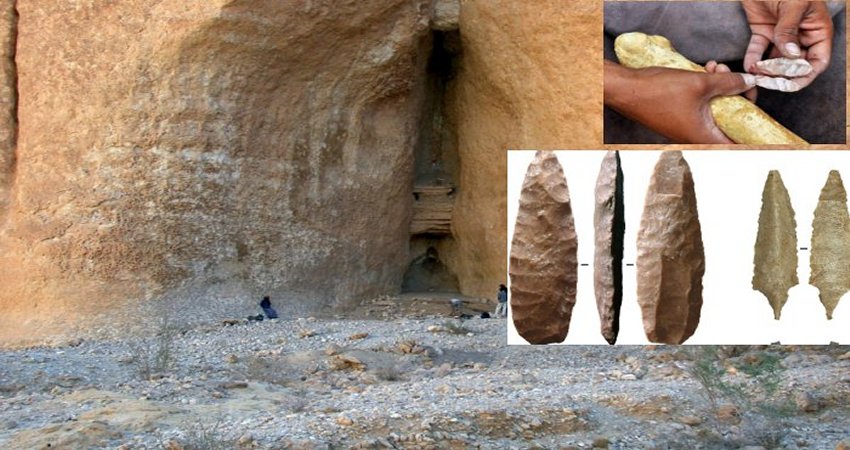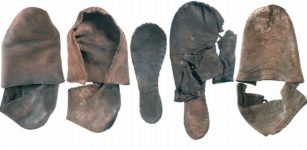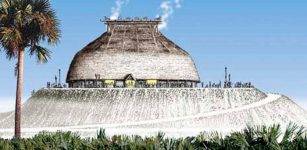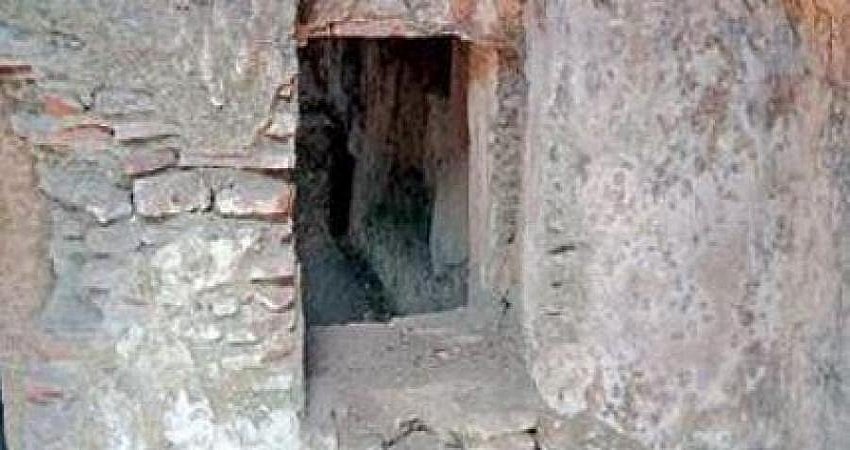Mystery Of Peru’s Ancient Holes “Puquios” Solved From Space
MessageToEagle.com – A number of ancient spiral-shaped holes, called puquios, that dot the dry landscape in Nazca, Peru have puzzled archaeologists for years. Now, scientists say the longstanding mystery has finally been solved.
The puquios are in the region as the famous Nasca lines. The purposed of these ancient holes have been widely debated. Some historians and archaeologists suggested they were part of an advanced irrigation system. Others suggested they were ceremonial burials.
Many scientists wondered how native ancient people of Nasca were able to survive in an area where droughts can last for years at a time.
According to Rosa Lasaponara of the Institute of Methodologies for Environmental Analysis, in Italy, the puquios were a “sophisticated hydraulic system constructed to retrieve water from underground aquifers. With help of the puquios people were able to transform this inhospitable region and provide better living conditions for themselves.
Using satellite imaging Lasaponara and her team were able to better understand how the puquios were distributed across the Nasca region, and where they ran in relation to nearby settlements – which are easier to date.
“What is clearly evident today is that the puquio system must have been much more developed than it appears today,” says Lasaponara. “Exploiting an inexhaustible water supply throughout the year the puquio system contributed to an intensive agriculture of the valleys in one of the most arid places in the world.”
“The puquios were the most ambitious hydraulic project in the Nasca area and made water available for the whole year, not only for agriculture and irrigation but also for domestic needs,” says Lasaponara, who has written about her satellite studies in Ancient Nasca World: New Insights from Science and Archaeology, which is due to be published later this year.
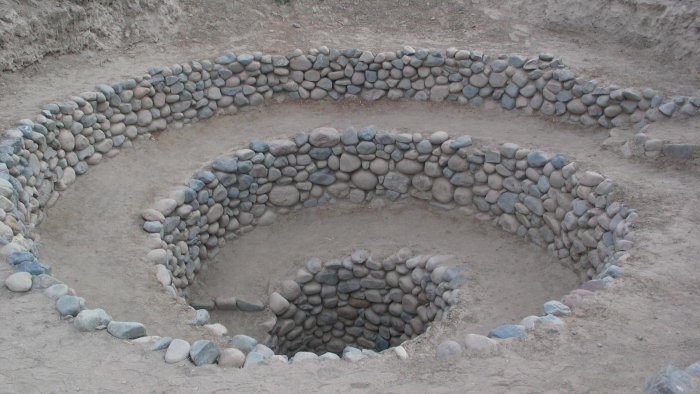
The origin of the puquios has remained a mystery to researchers because it was not possible to use traditional carbon dating techniques on the tunnels. Nor did the Nasca leave any clues as to their origin. Like many other South American cultures – with the notable exception of the Maya – they had no writing system.
See also:
Amazing Prehistoric Irrigation System At Cantalloc, Nazca, Peru
“The construction of the puquios involved the use of particularly specialized technology,” says Lasaponara. Not only did the builders of the puquios need a deep understanding of the geology of the area and annual variations in water availability, maintaining the canals was a technical challenge as they spread across tectonic faults. “What is really impressive is the great efforts, organization and cooperation required for their construction and regular maintenance,” she says. That meant a regular dependable water supply for centuries, in an area that’s one of the most arid places on Earth.
MessageToEagle.com
Expand for references
